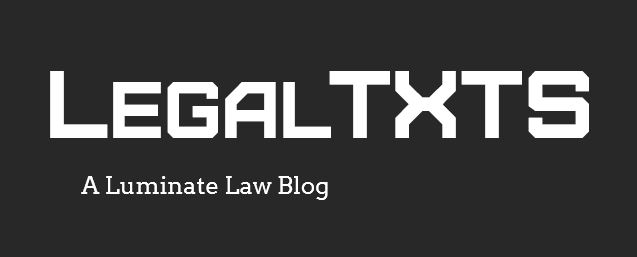In 2007, the National Labor Relations Board (NLRB) issued its Register Guard decision allowing employers to prohibit employees from using company email to engage in discussions about the terms and conditions of their work with other employees or unions for purposes of “mutual aid and protection,” which are protected under Section 7 of the National Labor Relations Act. In April 2014, the NLRB issued a notice and invitation to the parties in a case involving Purple Communications, Inc. and interested amici curiae to file briefs on whether Register Guard should be overruled. The NLRB received numerous amici briefs on the issue. Employers were relieved when the NLRB deferred a decision on overruling Register Guard in September of last year.
The relief was short-lived. Just three months later, the NLRB reversed course and overruled Register Guard, noting that email “has become a critical means of communication” and is “a natural gathering place” for employees to communicate with each other. In a 3-2 decision involving Purple Communications, Inc., the NLRB ruled that employees who have access to their employer’s email system for work purposes presumptively have a right to use the system for protected communications on nonwork time.
Here are answers to some basic questions about how Purple Communications impacts company email policies:
Must employers give all their employees access to the company email system?
No. Employees have a right to use corporate email for protected communications only if they already are given access to the system for work or personal reasons. Purple Communications does not force employers to grant email access to anyone. For that matter, employers are not required to grant email access to non-employees, including unions and union organizers.
May employers put restrictions on use of company email for protected discussions during nonwork hours?
Maybe. Employers may restrict use of company email to engage in protected discussions during nonwork time by demonstrating that there are actual (as opposed to theoretical) “special circumstances” that “make the ban necessary to maintain production or discipline.” This appears to be a difficult standard to meet. Employers must establish a connection between the restriction and their interest in imposing the restriction.
Is it ok to ban all nonbusiness use of company email?
A total ban would be subject to the “special circumstances” test discussed above. According to the NLRB, the existence of special circumstances “will be a rare case.”
May employers impose guidelines on using nonbusiness of company email?
Yes. Employers may establish specific guidelines for nonbusiness use of corporate email. Use of corporate e-mail for protected communications may be restricted to nonworking time. Employers also have the right to establish “uniform and consistently enforced controls over its email system to the extent such controls are necessary to maintain production and discipline.” The single example provided by the NLRB is “prohibiting large attachments or audio/video segments, if the employer can demonstrate that they would interfere with the email system’s efficient functioning.”
May employers monitor their employees’ email use?
Yes. Employers may monitor computer and email systems for legitimate management reasons, such as ensuring productivity and preventing email use for harassment or other activities that could give rise to employer liability. However, employers may not change their monitoring practices specifically in response to union or other protected activity. On that note, any modifications to an email policy that targets protected activity for discrimination is likely unlawful.
Do employers need to change their email policies now?
Purple Communications applies retroactively, so unless the decision is appealed and stayed in the interim, employers should seriously consider modifying their company email policy to comply with the decision.
Does Purple Communications apply to other company electronic communications systems like texting or instant messaging?
Currently no, but the NLRB has signaled that it might extend the reasoning in the Purple Communications decision to other forms of electronic communication in the future.
Prior Coverage:













